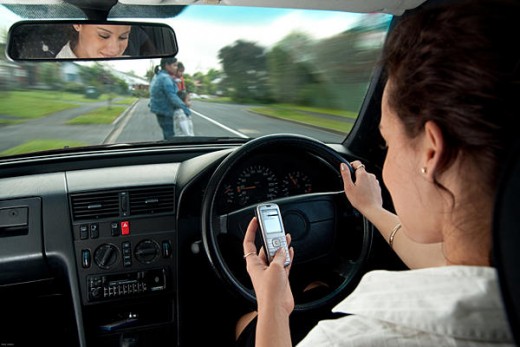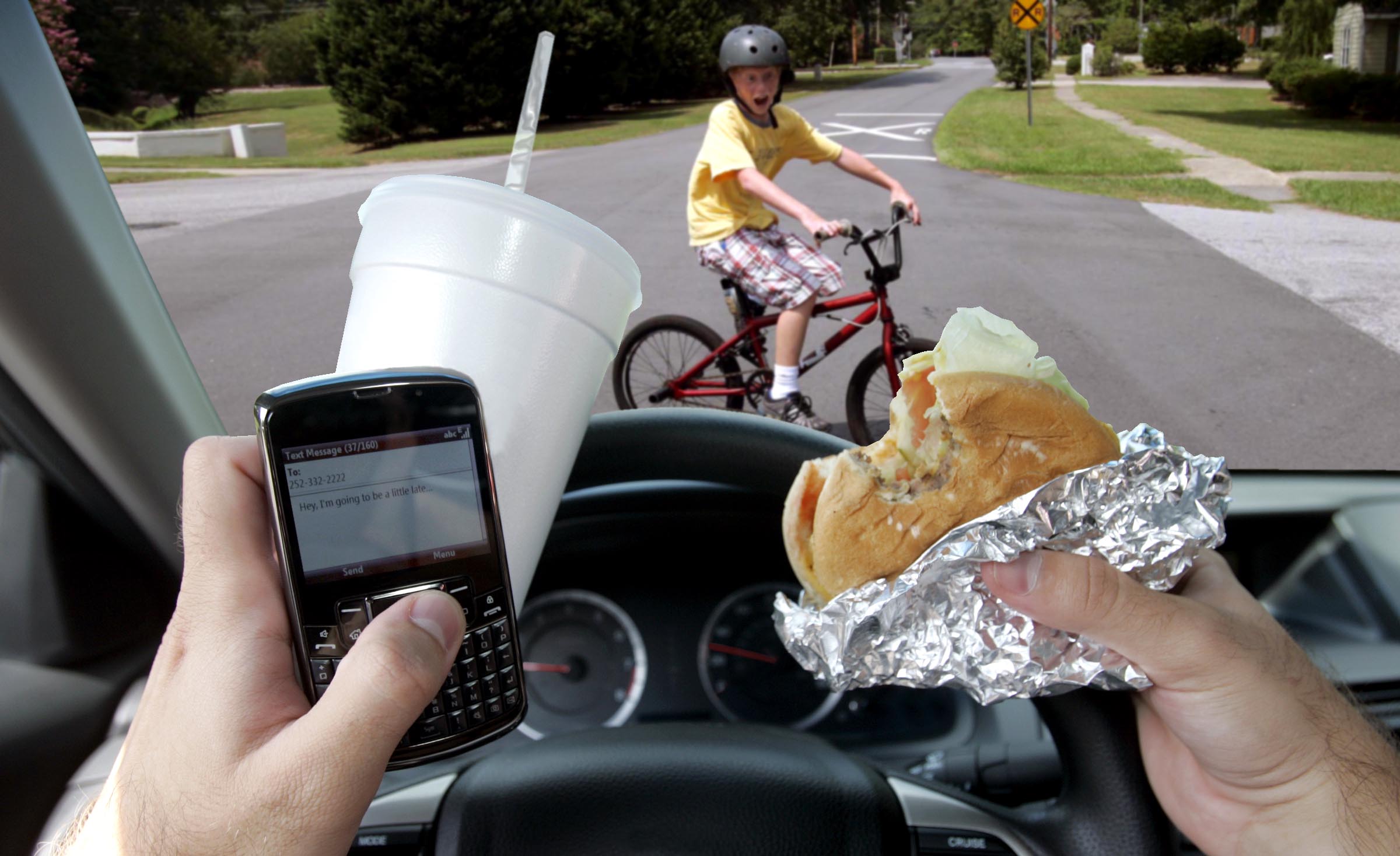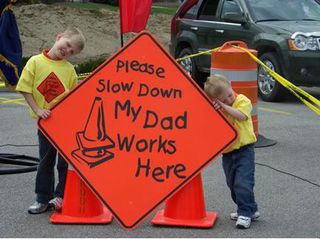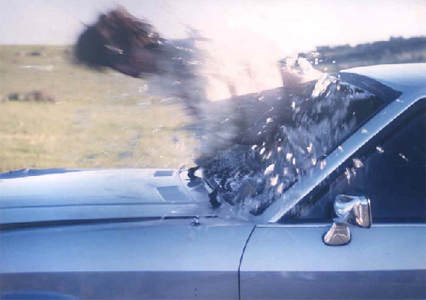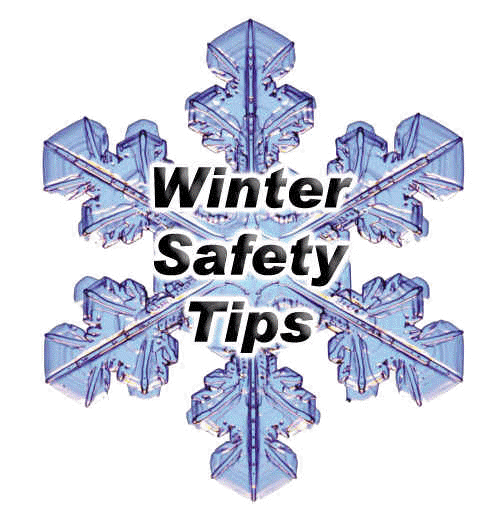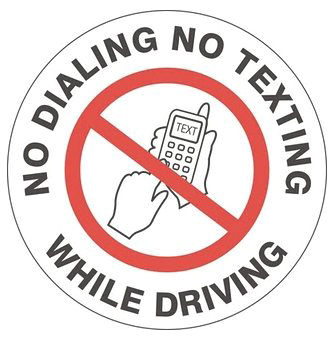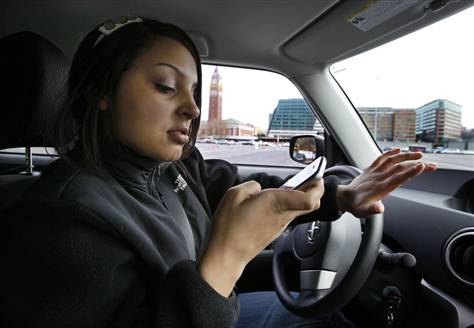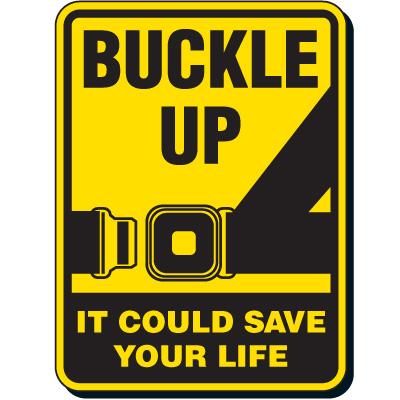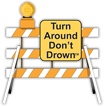 The following are important points to remember when driving in flood conditions:
The following are important points to remember when driving in flood conditions:
- Six inches of water will reach the bottom of most passenger cars causing loss of control and possible stalling.
- A foot of water will float many vehiclesTwo feet of rushing water can carry away most vehicles including sport utility vehicles SUV’s and pick-ups.
- Do not attempt to drive through a flooded road. The depth of water is not always obvious. The road bed may be washed out under the water, and you could be stranded or trapped.
- Do not drive around a barricade. Barricades are there for your protection. Turn around and go the other way.Do not try to take short cuts. They may be blocked.
- Stick to designated evacuation routes.Be especially cautious driving at night when it is harder to recognize flood dangers.
via Floods | Ready.gov.

